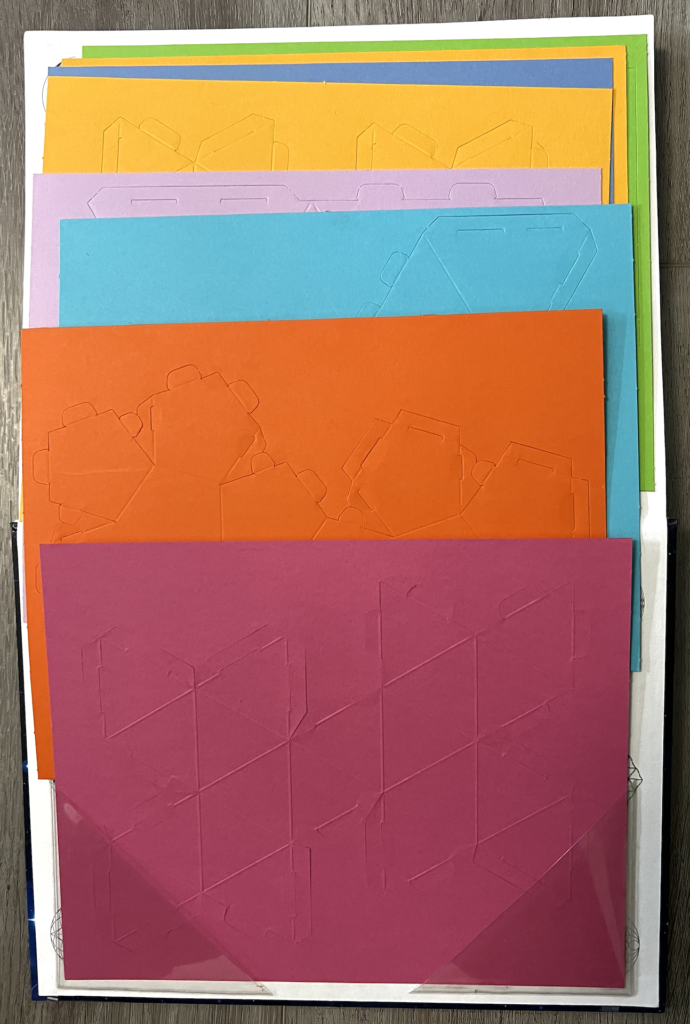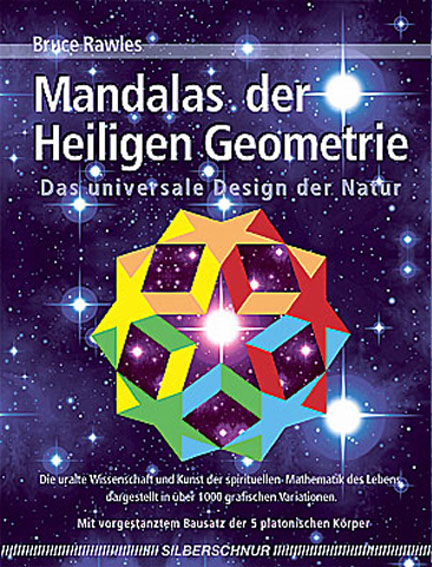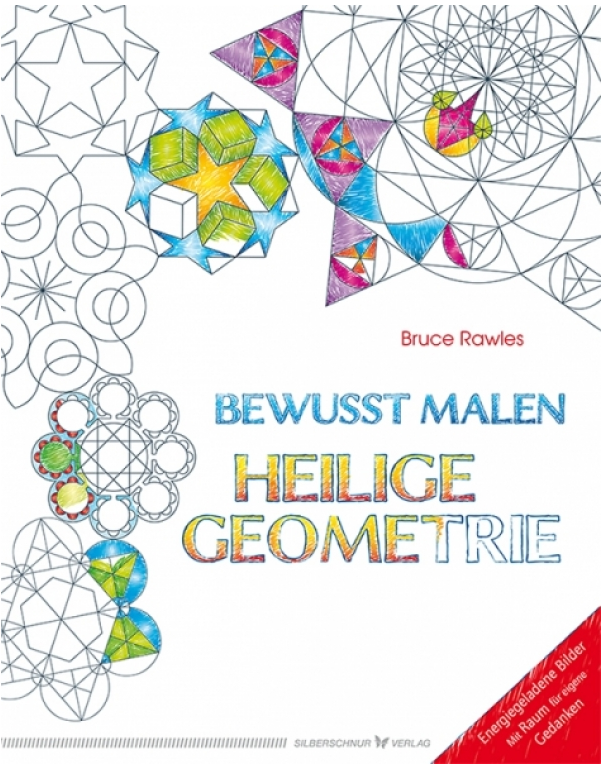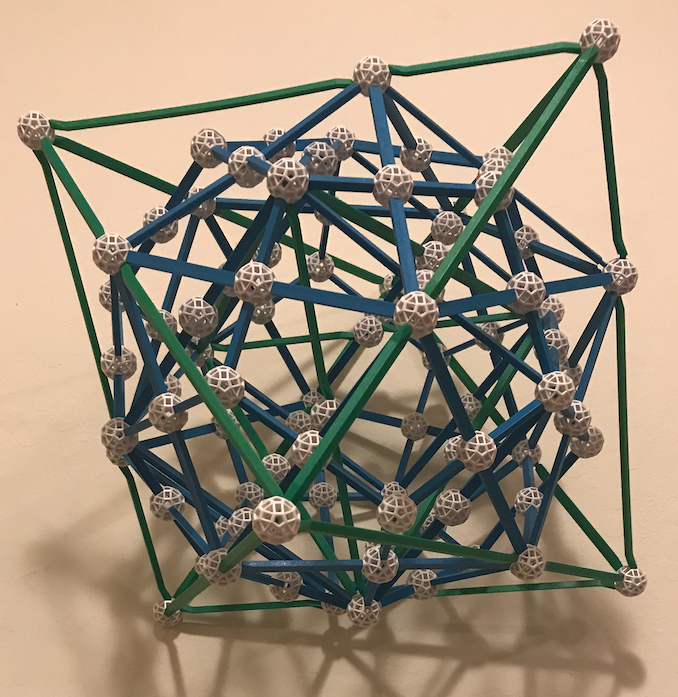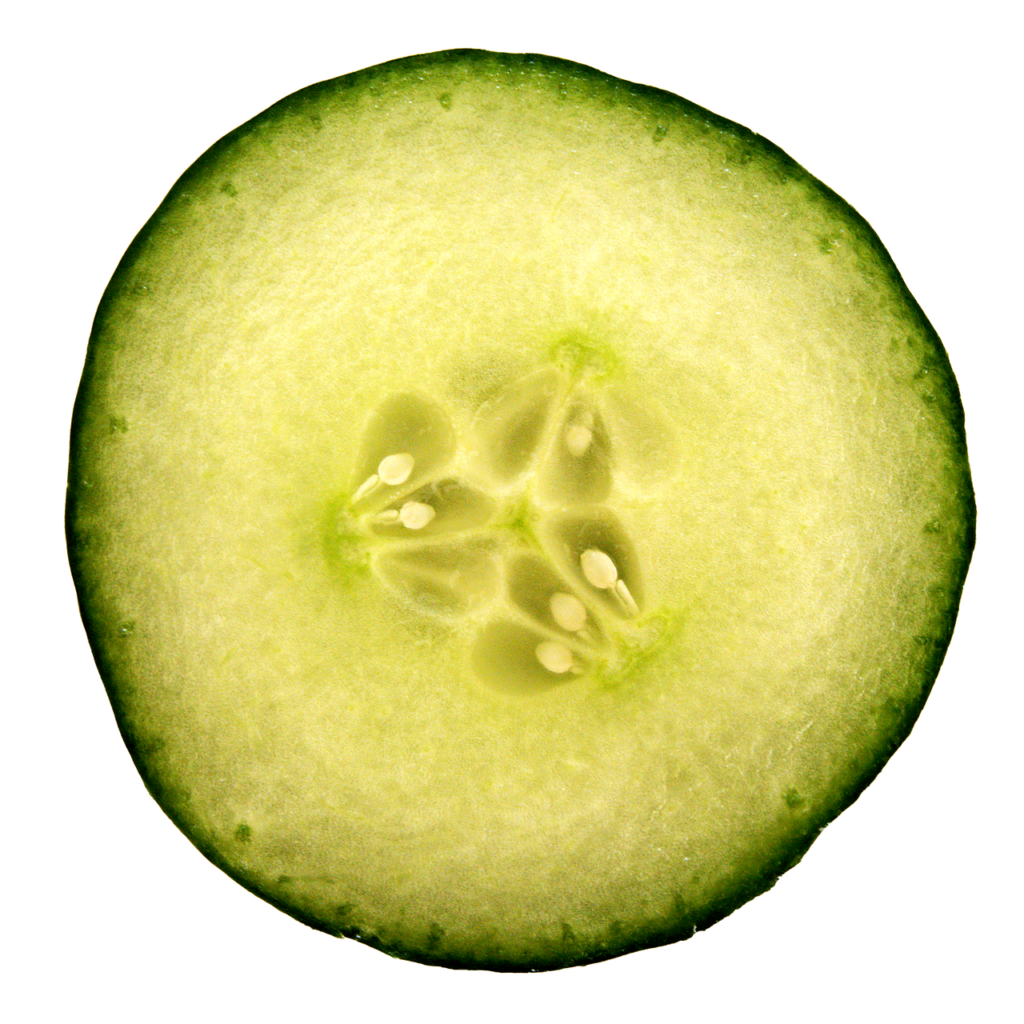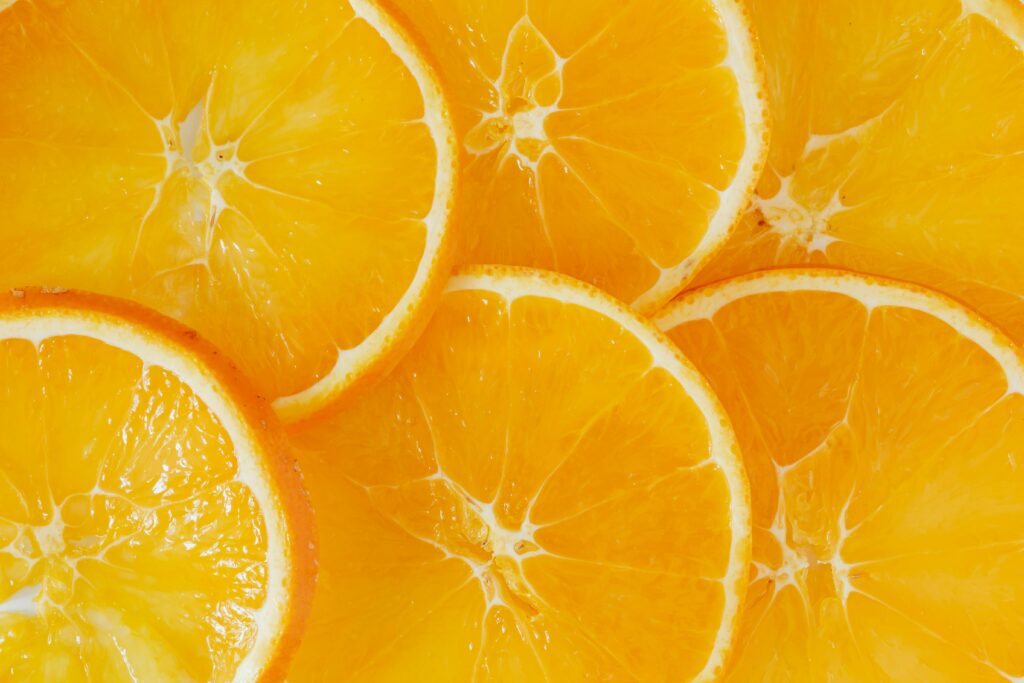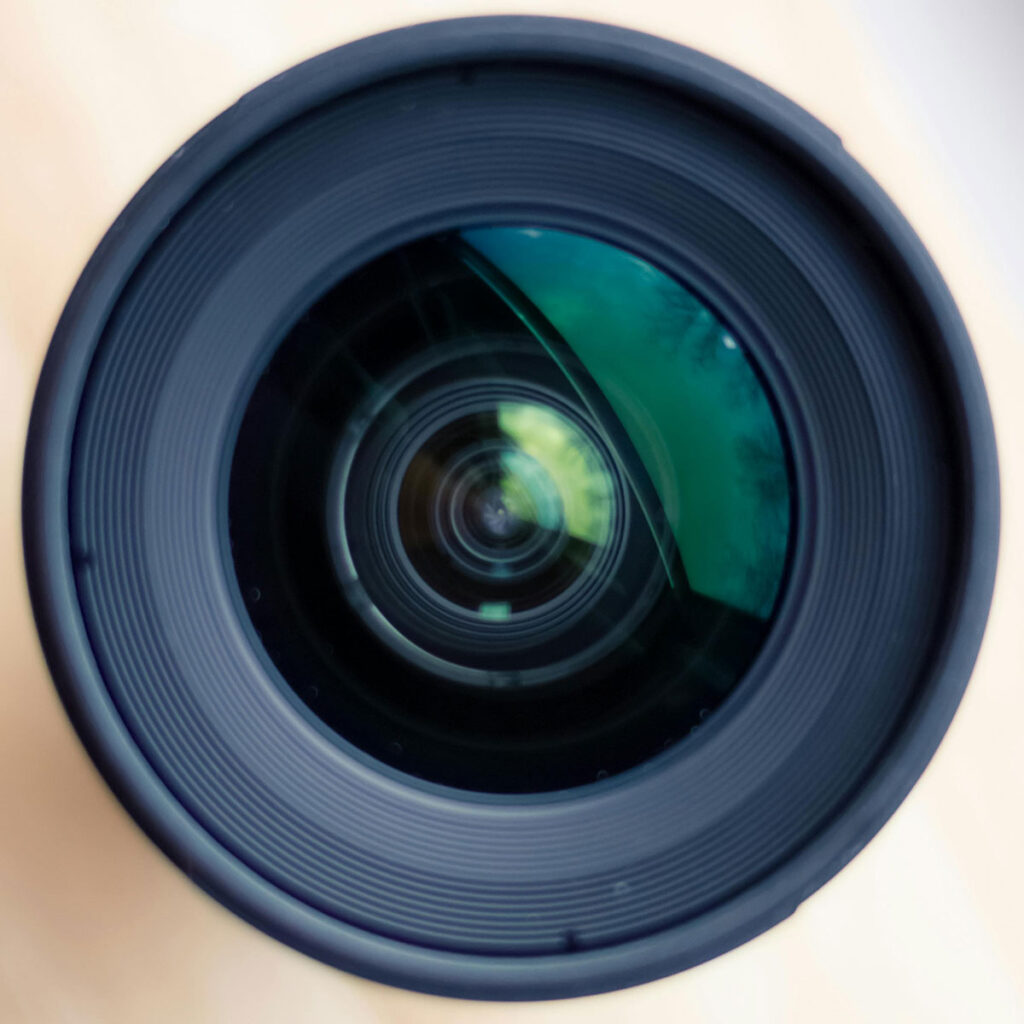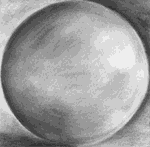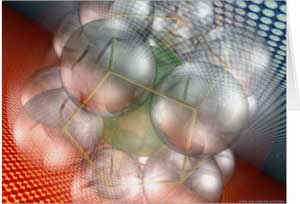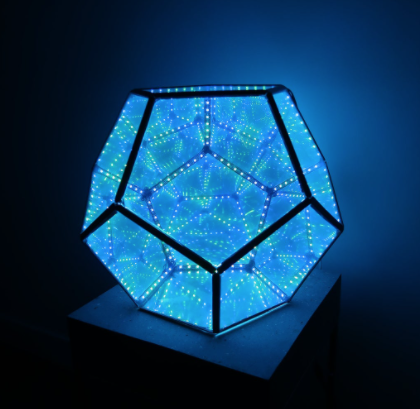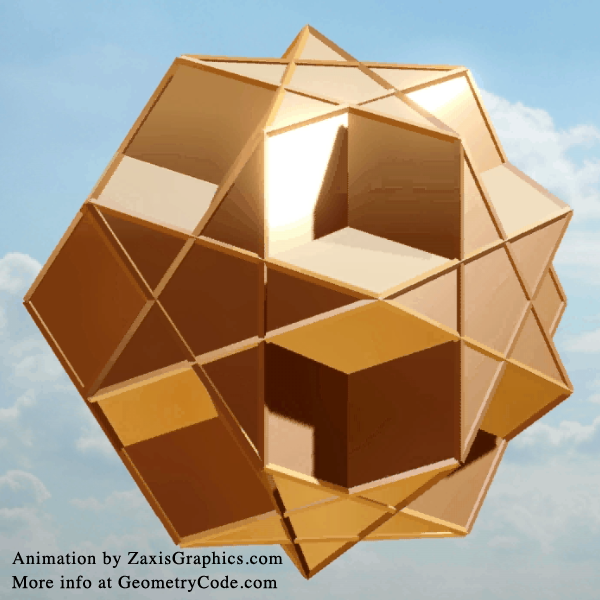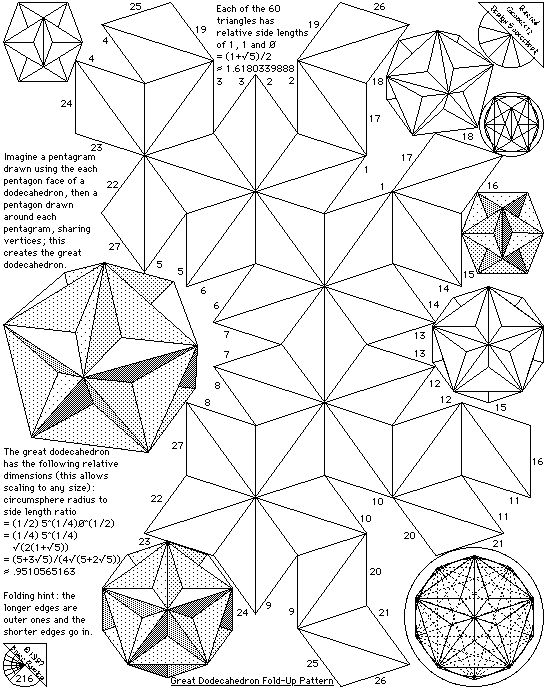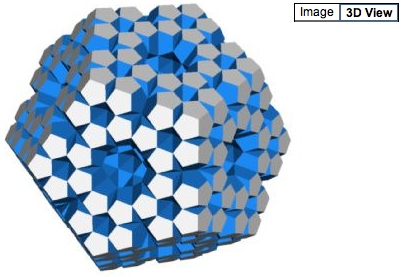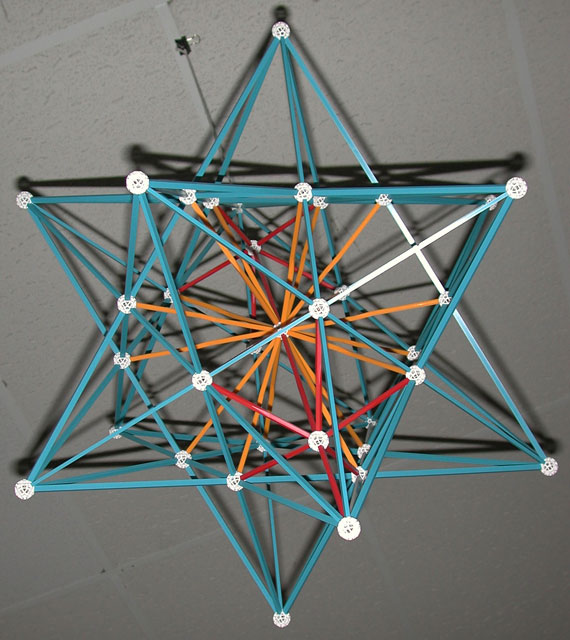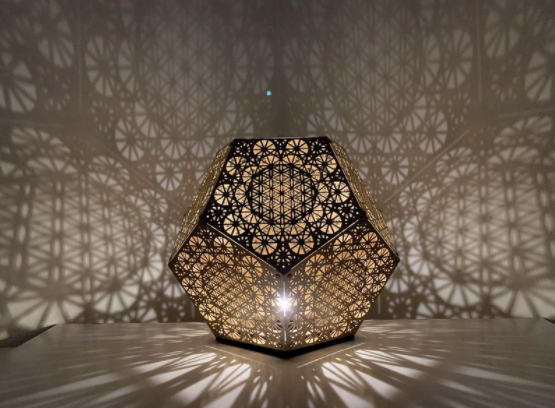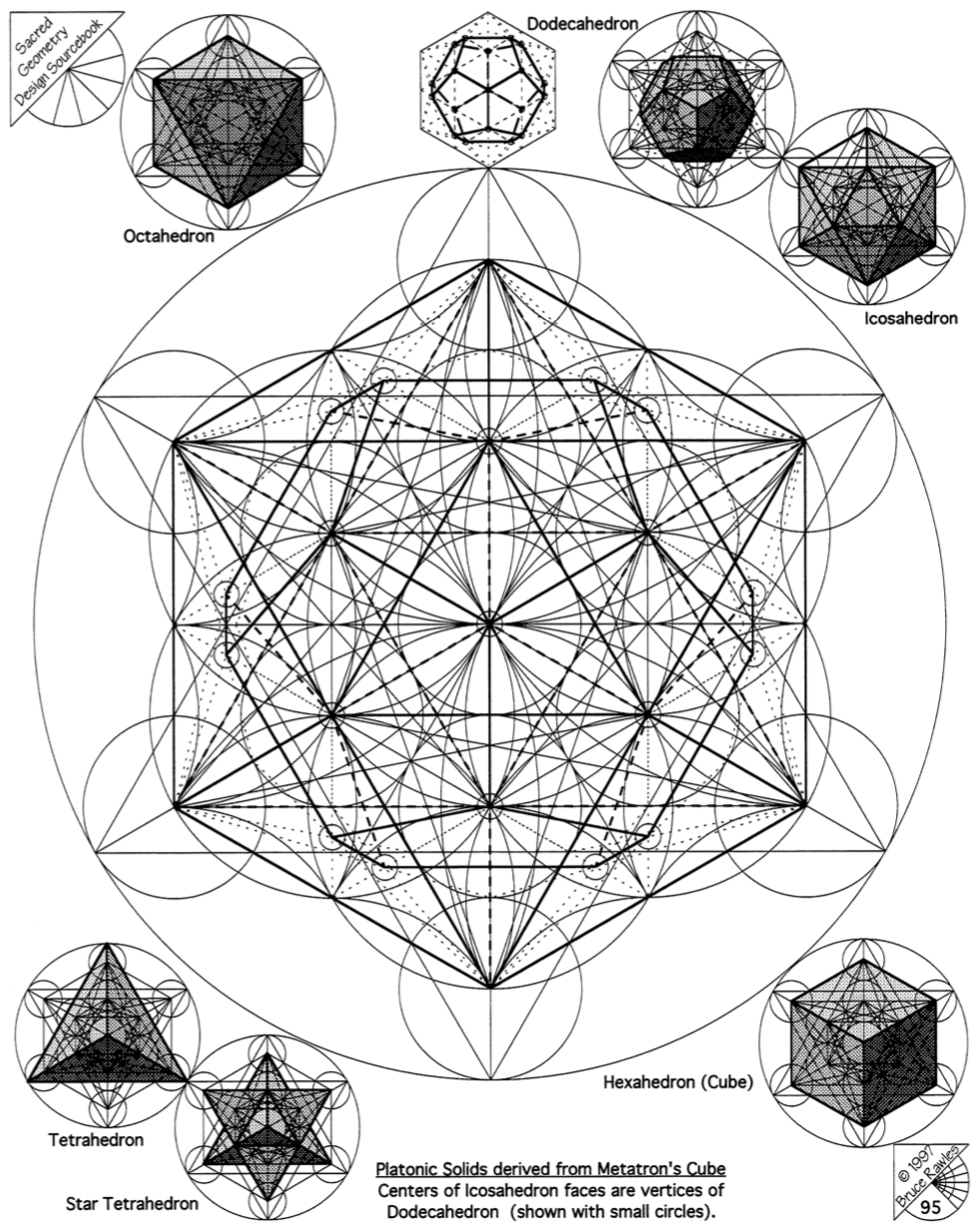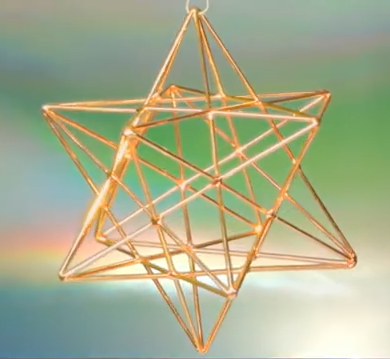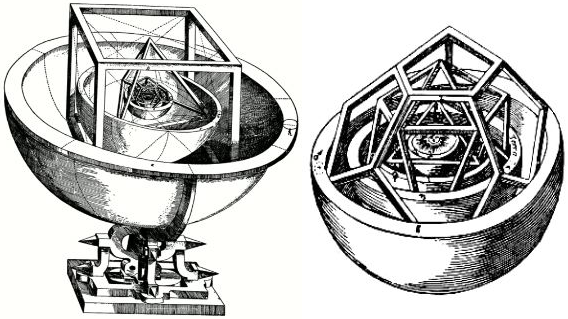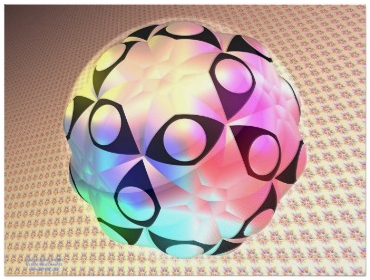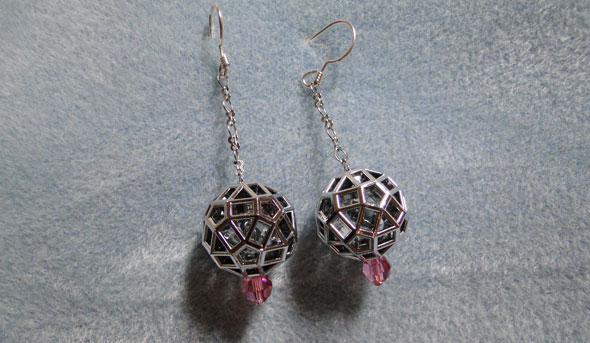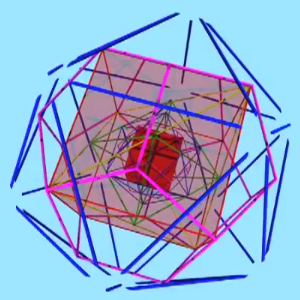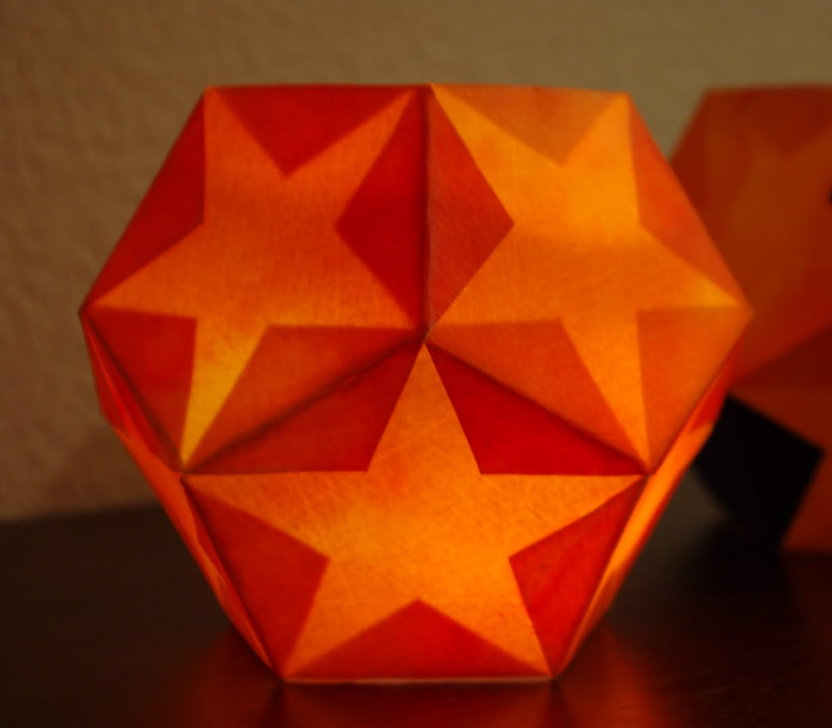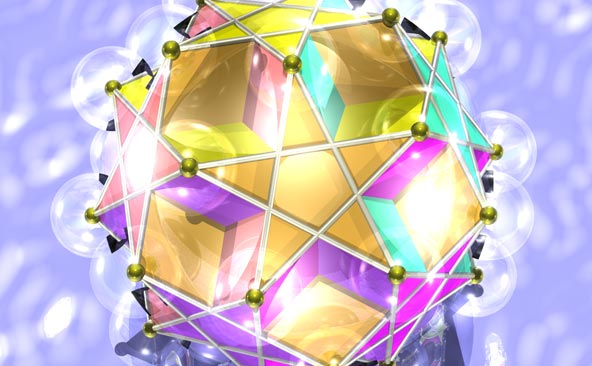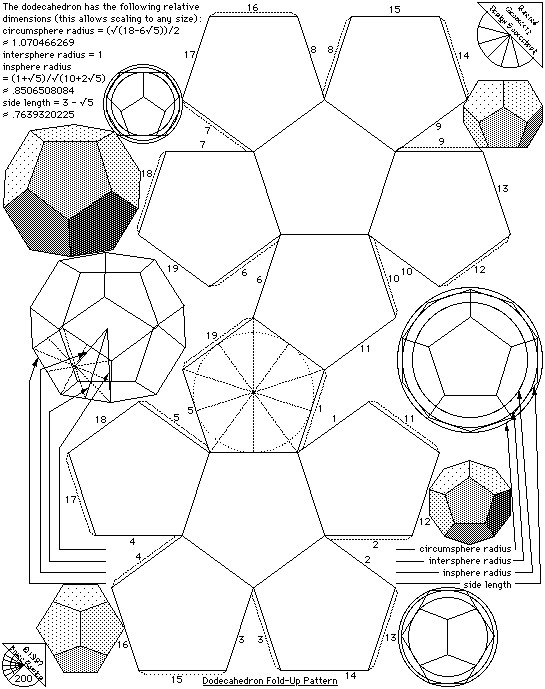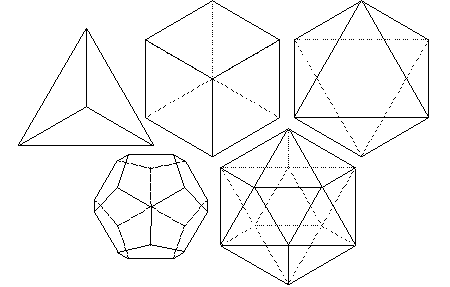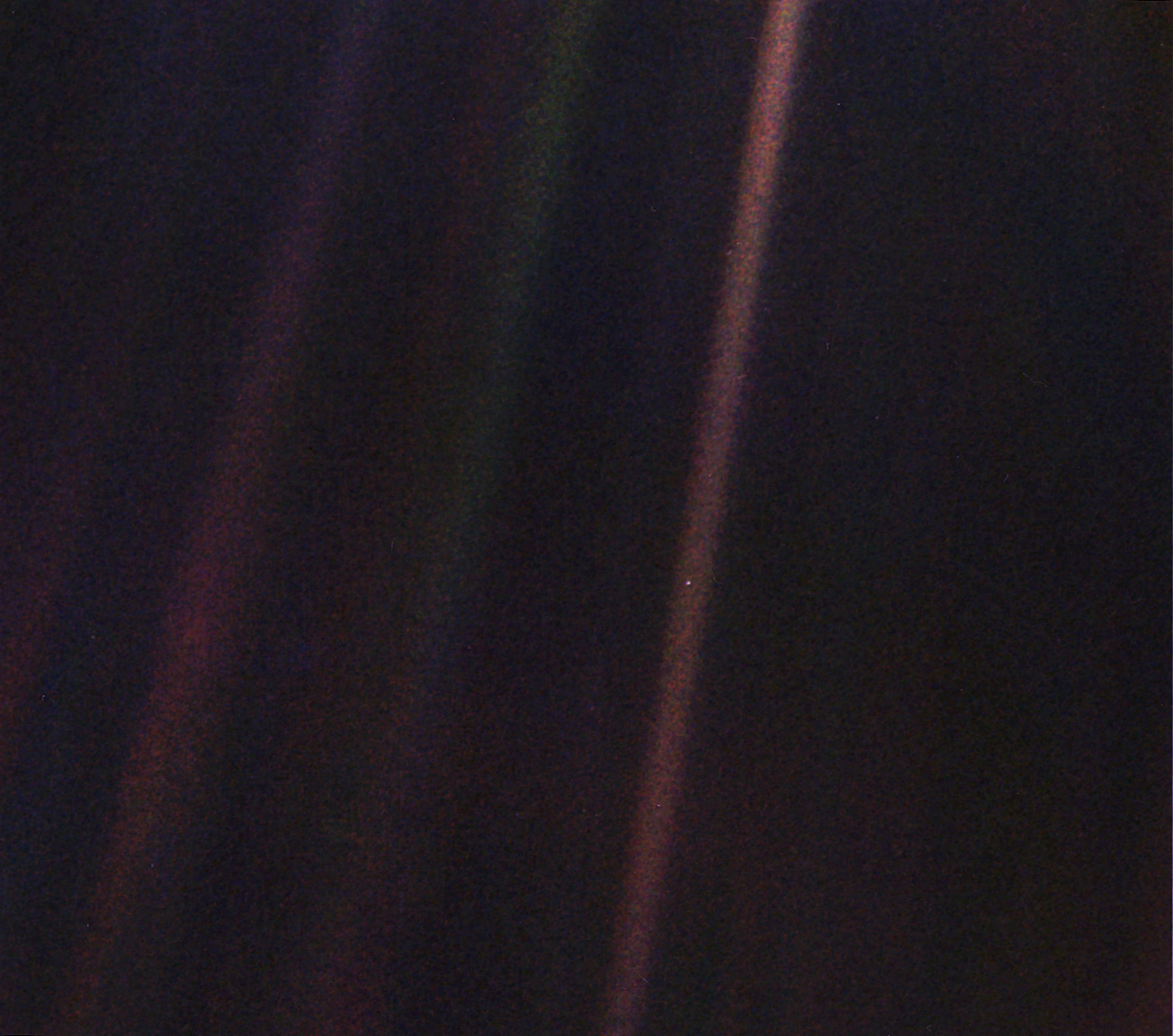
“The Pale Blue Dot is a photograph of Earth taken Feb. 14, 1990, by NASA’s Voyager 1 at a distance of 3.7 billion miles (6 billion kilometers) from the Sun.”
“Look again at that dot. That’s here. That’s home. That’s us. On it everyone you love, everyone you know, everyone you ever heard of, every human being who ever was, lived out their lives. The aggregate of our joy and suffering, thousands of confident religions, ideologies, and economic doctrines, every hunter and forager, every hero and coward, every creator and destroyer of civilization, every king and peasant, every young couple in love, every mother and father, hopeful child, inventor and explorer, every teacher of morals, every corrupt politician, every “superstar,” every “supreme leader,” every saint and sinner in the history of our species lived there-on a mote of dust suspended in a sunbeam.The Earth is a very small stage in a vast cosmic arena. Think of the endless cruelties visited by the inhabitants of one corner of this pixel on the scarcely distinguishable inhabitants of some other corner, how frequent their misunderstandings, how eager they are to kill one another, how fervent their hatreds. Think of the rivers of blood spilled by all those generals and emperors so that, in glory and triumph, they could become the momentary masters of a fraction of a dot.Our posturings, our imagined self-importance, the delusion that we have some privileged position in the Universe, are challenged by this point of pale light. Our planet is a lonely speck in the great enveloping cosmic dark. In our obscurity, in all this vastness, there is no hint that help will come from elsewhere to save us from ourselves.The Earth is the only world known so far to harbor life. There is nowhere else, at least in the near future, to which our species could migrate. Visit, yes. Settle, not yet. Like it or not, for the moment the Earth is where we make our stand.It has been said that astronomy is a humbling and character-building experience. There is perhaps no better demonstration of the folly of human conceits than this distant image of our tiny world. To me, it underscores our responsibility to deal more kindly with one another, and to preserve and cherish the pale blue dot, the only home we’ve ever known.”― Carl Sagan, Pale Blue Dot: A Vision of the Human Future in Space

Recalling a cameo role played by a dodecahedron – a symbol for “Ether” (or Spirit) according to Plato – in a major motion picture, I recently re-watched (and enjoyed from a very different perspective) a movie I hadn’t seen in decades, Contact, written by Carl Sagan and Ann Druyan, starring Jodie Foster and Matthew McConaughey. The two stars seemed to search for meaning via science and religion respectively. It would appear that neither can find what they are searching for in isolation, just as we miss the “big picture” when we exclude other grander perspectives, putting our tiny lives in context. The very touching scene (toward the end of the movie when her dodecahedral “craft” fulfills its mission of transcending our understanding of space and time) where Foster’s character is reunited with her father in perhaps “another dimension” suggests that only our limiting perspectives and beliefs needlessly constrain us.
I recall attending a lecture in San Francisco, California in the 1970s by Dr. Ramamurti S. Mishra who compared science to a blind man and religion to a lame man; they are far more effective when they teamed up by the lame man metaphorically riding on the blind man’s shoulders. We’re all – it would seem – like individuals trying to make sense of our isolated perspectives like the proverbial “Blind men and an elephant.”
The movie also featured cameo appearances (in terms of locations) by the (now defunct) Arecibo Observatory Radio Telescope – a sizable geometric structure! – and the Very Large Array (VLA) Radio Telescope (a two-hour drive from Albuquerque, 50 miles west of Socorro, New Mexico which my wife & I visited a couple of decades ago) consisting of movable large radio telescope dishes on railroad tracks, allowing the virtual aperture to be adjusted (or something like that; my recall of the science is a bit rusty.) Both of these facilities employ lots of geometric engineering!
What prompted watching the Contact movie again (via a YouTube sidebar suggestion) was this brilliant video clip by Sagan (from his Cosmos series) that related 2D to 3D to 4th-dimensional polytopes – “flatland” squares to cubes t0 HyperCube tesseracts – and inspired my pencil metaphor decades later.
Plato (who studied and reported Socrates) suggested that symbols are not the source they represent. So if geometric symbols (such as spheres, dodecahedra, and the like) merely represent the eternal ideas that outlast and transcend the specific ephemeral instances of the forms that point to the concepts, principles, laws, and ideas they represent, it would behoove us to keep looking for the reality behind and beyond the forms that are limited by the particular spaces and times they appear to inhabit. Mind envelops matter; the Source contains – but is not limited by – symbols, which are mere shadows of what they represent, as Plato’s Allegory of the Cave would suggest. The content of the mental universe is more profound than any examples in form could possibly convey.
If you scroll down on any page of this website, you will notice a symbolic hand with a forefinger pointing up; this image was cropped from Plato’s representation in “The School of Athens.” Read more about this in a post from earlier this year.

